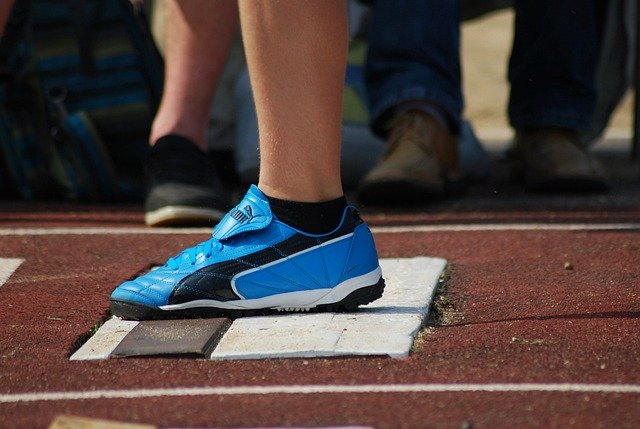Sneakers: Choosing Comfortable Footwear for Everyday Wear
Sneakers are a common choice for daily life because they combine comfort, function, and style in a single pair of shoes. Whether you spend long hours on your feet, walk for exercise, or need reliable footwear for commuting, the right sneakers can reduce fatigue and help maintain foot health. This article explains practical features to look for, how arch support works, and ways to match sneaker design to your everyday wear needs.

How do sneakers provide arch support?
Arch support in sneakers comes from the midsole shape, insole materials, and structural elements like a supportive shank or contoured footbed. Manufacturers may add firmer foam in the medial arch area or supply removable insoles so users can insert custom orthotics. For people with flat feet or high arches, variations in arch height and stiffness are important: a firmer midsole can limit excessive inward roll, while a softer, contoured insole may cushion high arches. Trying shoes with the socks and orthotics you normally use gives the clearest sense of arch support.
This article is for informational purposes only and should not be considered medical advice. Please consult a qualified healthcare professional for personalized guidance and treatment.
Which sneakers suit everyday wear?
Everyday wear calls for sneakers that balance cushioning, breathability, and durability. Look for midsoles with responsive foam that absorbs shock during walking and standing without feeling overly soft. A breathable upper—mesh or engineered knit—helps reduce moisture when worn all day. Outsoles with flexible grooves aid natural foot motion, while a slightly elevated heel-to-toe drop can make long periods of walking more comfortable. Consider the weight of the shoe: lighter sneakers reduce effort over many steps, but heavier designs sometimes offer greater stability for extended standing.
What features in shoes matter for comfort?
Fit and internal shaping are central to comfort. Shoes should provide enough toe-box space to prevent pinching while holding the heel securely to avoid slipping. A structured heel counter stabilizes the rearfoot, and a good lacing system allows customized tension across the midfoot. Cushioning should match your activity level—firmer for stability, softer for plush comfort—while durable upper materials reduce stretch and maintain fit over time. Removable insoles are useful for swapping in orthotics; consider this feature if personalized arch support is needed.
How does sneaker design affect footwear performance?
Design choices—outsole pattern, midsole composition, and overall geometry—directly impact how sneakers perform in daily tasks. Deep flex grooves support walking by enabling the forefoot to bend naturally, while lug patterns improve grip on varied surfaces. Midsole foam density influences energy return and shock absorption: denser materials favor longer-lasting support, whereas softer foams give immediate cushioning. Heel-to-toe drop and rocker shapes alter gait mechanics; a gentler drop often suits walkers, and a rocker sole can ease forward motion for those who stand or walk for extended periods.
How to choose sneakers for foot shape and needs?
Begin by measuring your feet later in the day when they are naturally slightly larger. Try shoes with the socks you usually wear, and test them by walking and standing for several minutes to check for hotspots or slipping. If you use custom orthotics, bring them along to ensure the sneaker accommodates them. For persistent discomfort, consult local services such as podiatrists or footwear specialists who can assess gait and recommend appropriate shoe types or orthotic options. Prioritize brands that offer different width options and exchange policies to find a consistent fit.
Conclusion
Choosing sneakers for everyday wear means evaluating arch support, cushioning, fit, and design features that match your daily activities and foot shape. Thoughtful selection—measuring feet, testing fit with normal socks or orthotics, and considering materials and midsole design—helps ensure sneakers provide comfortable, supportive footwear for work, walking, and routine life.






